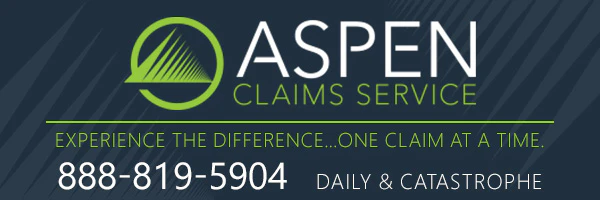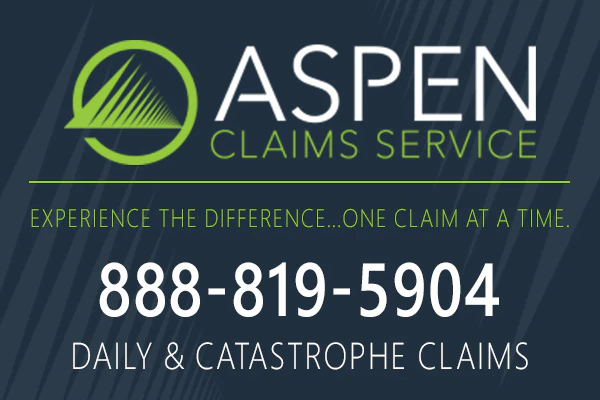
The Ethics of Surveillance and Social Media
Thursday, September 4th, 2025 Claims Pages Staff Ethics in Claims Adjusting: Building Trust in a Competitive IndustryToday’s claims landscape is increasingly shaped by digital footprints. From public Instagram photos to private investigator footage, adjusters have more access to personal behavior than ever before. When used appropriately, surveillance and social media research can be valuable tools in detecting fraud and verifying legitimacy. But with that access comes responsibility—and risk.
Surveillance is not inherently unethical. In fact, when fraud is suspected, observing behavior can protect the insurer, safeguard premium pools, and ensure that honest policyholders aren’t footing the bill for dishonest ones. But problems arise when surveillance is used too broadly, too aggressively, or without clear justification. Ethics in surveillance is not about what you can do—it’s about what you should do.
Social media adds another layer of complexity. People routinely post photos, videos, and comments that contradict their claims—sometimes innocently, sometimes not. A policyholder who posts beach selfies while collecting disability benefits may raise legitimate questions. But adjusters must proceed carefully. Privacy expectations, evolving platform rules, and state-specific surveillance laws all impact what is acceptable in the eyes of both the law and the public.
Here are a few ethical guardrails to consider:
- Focus on public-facing content: If a post is publicly available, it’s typically fair game. Attempting to “friend” or “follow” claimants to access private content crosses an ethical line—and could violate platform terms or state privacy laws.
- Ensure relevance: If you're reviewing content, ask: Is this material directly related to the claim? Surveillance should never become a fishing expedition.
- Work with licensed professionals: If third-party investigators are involved, ensure they’re licensed, follow local laws, and understand the ethical boundaries of their work.
- Document everything: Keep detailed records of how information was obtained and how it informed your decision. Transparency protects you if the claim is challenged.
Remember, surveillance should supplement—not replace—traditional investigation techniques. It should be used to clarify inconsistencies, not to cast suspicion where none exists. Equally important is how you present your findings. Avoid speculation. Stick to what can be observed and verified. A photo of someone lifting groceries doesn’t necessarily disprove a back injury—it raises a question, not a conclusion.
Ethical adjusters also consider the potential impact on the claimant. If surveillance is later disclosed or challenged, how will it reflect on you and your organization? Claims handling is not a courtroom—it’s a process built on trust. If your methods would damage that trust when exposed, it’s worth reconsidering them before you proceed.
Ultimately, the question isn’t whether surveillance and social media monitoring have a place in modern adjusting—they do. The question is how to use them thoughtfully, legally, and ethically. When done right, they help uncover the truth. When misused, they jeopardize the integrity of the entire claims process.
Ethical behavior in claims adjusting is more than a regulatory necessity—it's the key to building lasting trust with policyholders, colleagues, and partners. In this series, "Ethics in Claims Adjusting: Building Trust in a Competitive Industry," we examine the frameworks, strategies, and mindset that help adjusters uphold integrity even under pressure.
Explore the full editorial collection at Ethics in Claims Adjusting: Building Trust in a Competitive Industry and discover how leading with ethics can elevate both performance and professional reputation.

